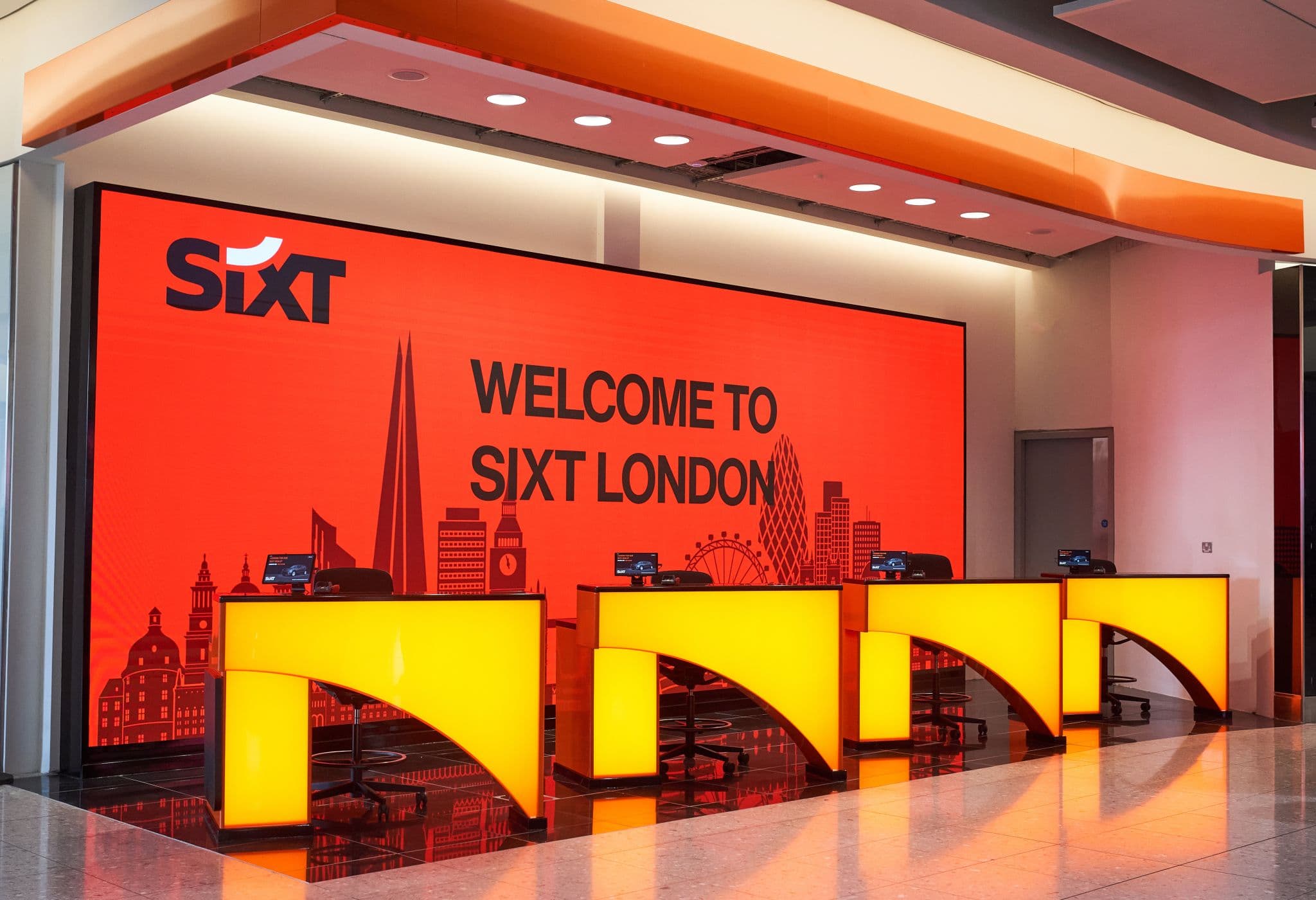If you are considering enhancing a commercial or public space, you might have been exploring the possibility of installing LED screens or digital signage. These terms are often used interchangeably, but they are not the same. Understanding the differences between them can help you to make the best choice for your space.
What is an LED screen?
An LED screen is a digital display technology that uses light-emitting diodes (LEDs) to produce ultra-bright and clear images. The screens are available in various sizes and formats: for example, they can have transparent backdrops for a sleek and unobtrusive effect for storefront displays or fitting to the exterior of buildings.
They can also be curved to create an installation piece or fit to unique architectural profiles. The screens can be scaled up almost indefinitely, and are often used as event backdrops, giant advertising billboards, and retail displays. The resolution and brightness levels of the screen can be varied to suit the location, use, and type of content it will display.
What is digital signage?
Digital signage typically refers to the content management system (CMS) that is used to deliver targeted content to a flat display device. It can be paired with LCD (liquid crystal display) screens or LED screens, so technically all LED signs are digital signage, but not all digital signage uses LED technology.
LCD screens provide excellent clarity, and are generally more affordable than LED screens. However, they are not as effective at providing high visibility in direct sunlight or well-lit areas as LED screens. Therefore they are less suitable for outdoor use or shop window displays, or in high-end environments where first impressions really count.
Digital signage is most commonly used for indoor wayfinding, menus, information boards or promotions. The software can control what information is displayed, where, and when, and is often used to operate a network of screens. For example, you might find them displaying timetables and travel updates in transport hubs, or in large retail chains.
What’s the right option for you?
When to choose digital signage
If you are looking to replace printed forms of media across informational displays such as menus, timetables, or directories, or you need to regularly update content across multiple locations, then digital signage is an ideal solution. It can be used to schedule targeted messaging, such as a fast food chain that wants to promote breakfast deals before 10am.
Digital signage gives you a centralised control system for multiple screens, and can be integrated into an existing infrastructure. It’s ideally suited to transport hubs, retail stores, restaurants and cafes, and offices, where you need to regularly update content and roll out instant communications or instructions.
When to choose LED screens
If you need a seamless large scale display such as a video wall for a stage backdrop, then LED screens are ideal. They are the best option for any situation where brightness and visibility are key, such as outdoor advertising billboards or shop window displays.
If you want your digital content to stand out in a crowd, such as at an exhibition or live event, then an LED screen or poster will catch the eye and provide a superior level of clarity, colour richness and brightness.
Combining both options
It’s perfectly possible to use a digital signage system and LED screens together. This gives you the best of both worlds, and is ideal if you want to deliver visual content that is both striking and timely.
For example, if you are running commercial displays across a variety of settings, you will be able to quickly and easily adjust the content to respond to shifting customer demand, or external factors such as weather, season, or location-specific events.
Ultimately, your final choice will depend on your business goals, existing infrastructure, and the display environment. If you are still unsure about the best options for your business, our experienced and expert team will be happy to help.
